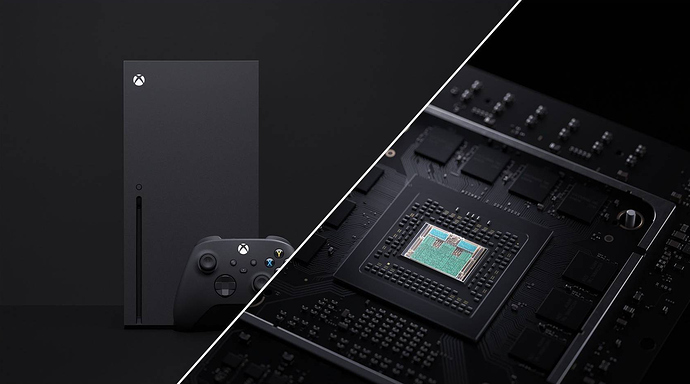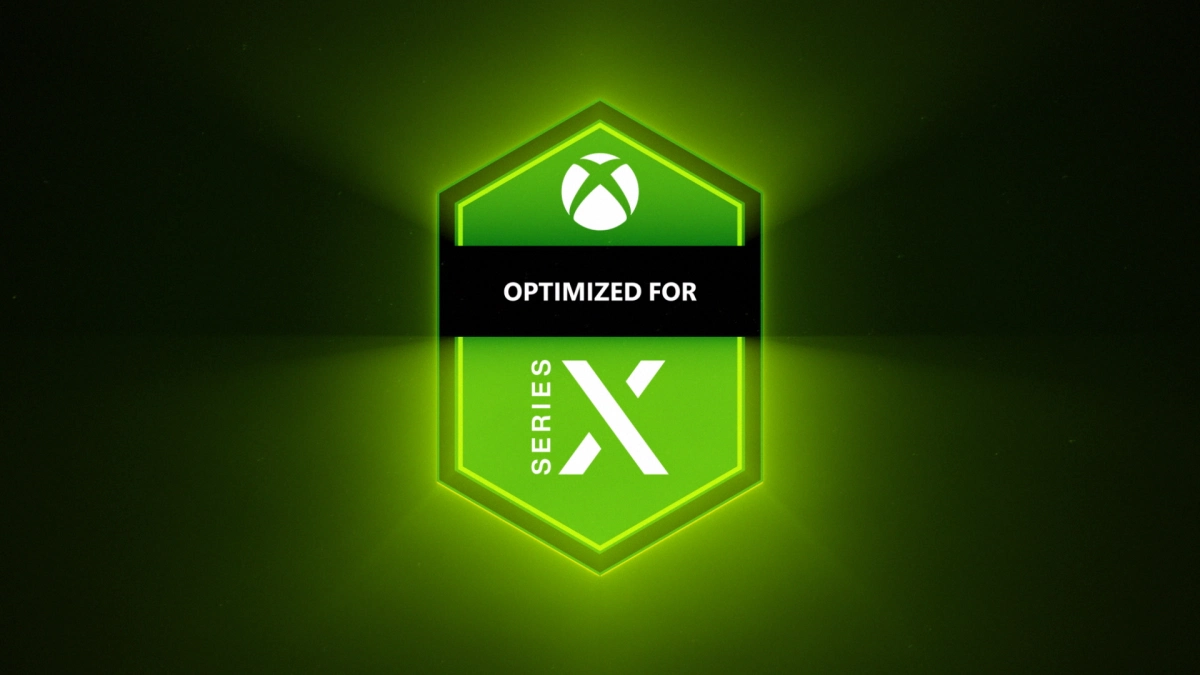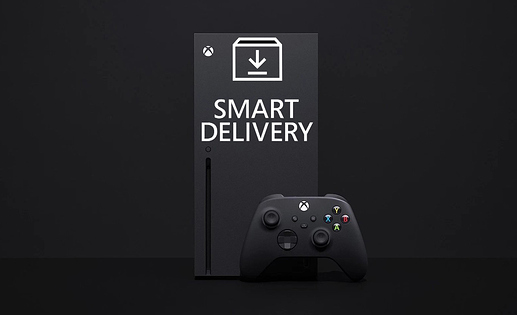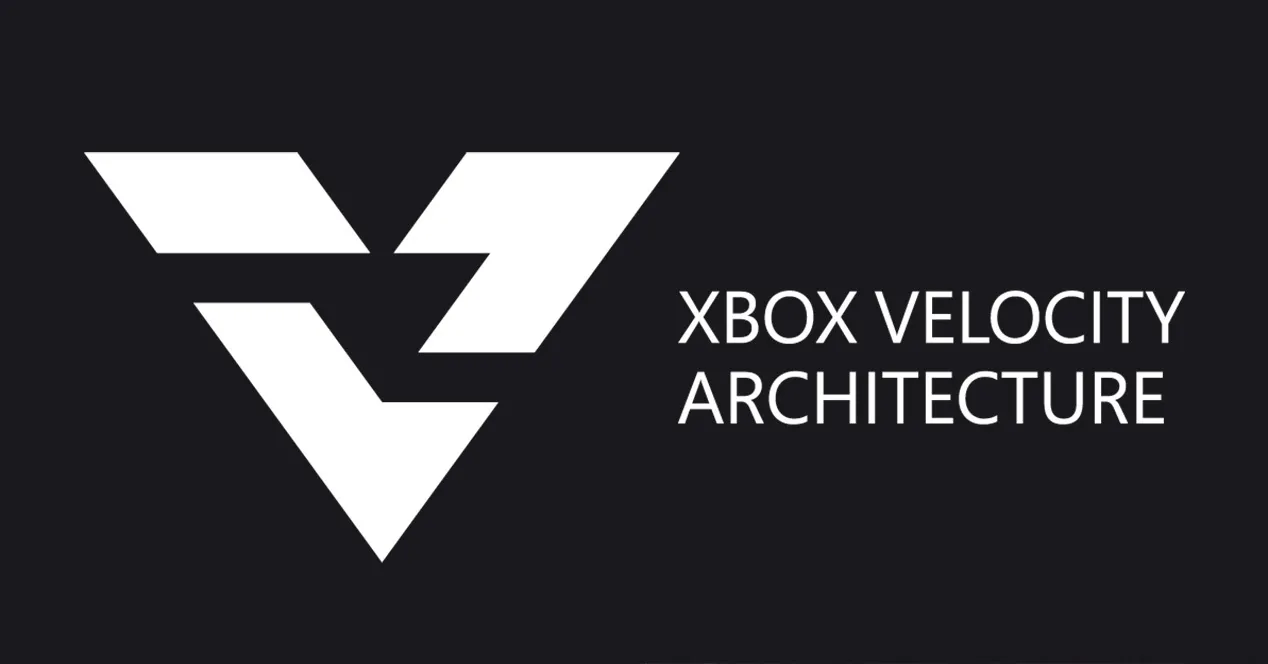 To see the explanation of the term, please click on the text. Thank you and enjoy reading.
To see the explanation of the term, please click on the text. Thank you and enjoy reading.
Auto Low Latency Mode (ALLM)
As part of commitment to responsiveness for the next generation of console gaming, Xbox Series X supports Auto Low Latency Mode (ALLM) with capable displays. ALLM automatically enables your display’s lowest latency mode when you start playing. This functionality exists on Xbox One consoles today.
Backward Compatibility
At Xbox, they’ve made a promise to compatibility: you can expect thousands of your favorite games across four generations of gaming, your Xbox One gaming accessories, your Xbox gaming legacy, and industry-leading services like Xbox Game Pass to work with Xbox Series X. Backward compatible games will benefit from the power and performance of Xbox Series X, resulting in steadier framerates, faster load times, improved resolution and visual fidelity. Fans and game creators can feel confident they will be able to play and create the best version of their games on the Xbox Series X.
DirectML
Xbox Series X supports Machine Learning for games with DirectML, a component of DirectX. DirectML leverages unprecedented hardware performance in a console, benefiting from over 24 TFLOPS of 16-bit float performance and over 97 TOPS (trillion operations per second) of 4-bit integer performance on Xbox Series X. Machine Learning can improve a wide range of areas, such as making NPCs much smarter, providing vastly more lifelike animation, and greatly improving visual quality.
DirectStorage
DirectStorage is an all new I/O system designed specifically for gaming to unleash the full performance of the SSD and hardware decompression. It is one of the components that comprise the Xbox Velocity Architecture. Modern games perform asset streaming in the background to continuously load the next parts of the world while you play, and DirectStorage can reduce the CPU overhead for these I/O operations from multiple cores to taking just a small fraction of a single core; thereby freeing considerable CPU power for the game to spend on areas like better physics or more NPCs in a scene. This newest member of the DirectX family is being introduced with Xbox Series X and we plan to bring it to Windows as well.
Dynamic Latency Input (DLI)
Another innovation we are making to reduce latency for Xbox Series X is Dynamic Latency Input (DLI). With DLI, developers can more accurately synchronize the player’s input with the game’s simulation and render loop, even further reducing input latency while playing the game.
GPU Work Creation
Xbox Series X adds hardware, firmware and shader compiler support for GPU work creation that provides powerful capabilities for the GPU to efficiently handle new workloads without any CPU assistance. This provides more flexibility and performance for developers to deliver their graphics visions.
Hardware Accelerated DirectX Raytracing (DXR)
From improved lighting, shadows and reflections as well as more realistic acoustics and spatial audio, raytracing enables developers to create more physically accurate worlds. For the very first time in a game console, Xbox Series X includes support for high performance, hardware accelerated raytracing. Xbox Series X uses a custom-designed GPU leveraging the latest innovation from our partners at AMD and built in collaboration with the same team who developed DirectX Raytracing. Developers will be able to deliver incredibly immersive visual and audio experiences using the same techniques on PC and beyond.
Hardware Decompression
Hardware decompression is a dedicated hardware component introduced with Xbox Series X to allow games to consume as little space as possible on the SSD while eliminating all CPU overhead typically associated with run-time decompression. It reduces the software overhead of decompression when operating at full SSD performance from more than three CPU cores to zero – thereby freeing considerable CPU power for the game to spend on areas like better gameplay and improved framerates. Hardware decompression is one of the components of the Xbox Velocity Architecture.
Intelligent Delivery
Microsoft’s developer facing technology to reduce the size of game installs. Intelligent Delivery empowers developers to only install the pieces of the game you need, thereby minimizing the amount of content that needs to be installed or downloaded to the SSD.
Latency
Latency refers to responsiveness of the console and controller, including the time it takes for your input to be registered by your console and then displayed on your screen. Reducing latency results in a more connected and immersive experience. Xbox Series X will be our most responsive console ever featuring ultra-low latency with advanced technology that minimizes latency at every stage of the gaming pipeline so that you instantly see the impact of your actions on the screen.
Mesh Shading
Mesh shading will enable developers to dramatically improve the performance and image quality when rendering a substantial number of complex objects in a scene. As an example, mesh shaders could enable the player to experience asteroid belts and fields of flowers in more pristine detail without seeing a loss in performance.
Native Resolution
Native Resolution is an Xbox Series X backwards compatibility enhancement for select Xbox One games that allows them to render at native 4K even if they weren’t originally designed for 4K.
Optimized for Xbox Series X
Games built using the Xbox Series X development kit and designed to take advantage of the unique capabilities of the Xbox Series X. These include new titles built natively using the Xbox Series X development environment as well as previously released titles that have been rebuilt specifically for Xbox Series X. They will showcase unparalleled load-times, visuals, responsiveness and framerates up to 120 fps.
Parallel Cooling Architecture
Parallel Cooling Architecture is the name of the innovative system design used to cool Xbox Series X. Building a console that delivers four times the processing power of Xbox One X in the most quiet and efficient way – something that is critically important with all the extra power of our next generation console – led to its unique vertical design.
Project Acoustics
Incubated over a decade by Microsoft Research, accurately models sound propagation physics in mixed reality and games, employed by many AAA experiences today. It is unique in simulating wave effects like diffraction in complex scene geometries without straining CPU, enabling a much more immersive and lifelike auditory experience. Plug-in support for both the Unity and Unreal game engines empower the sound designer with expressive controls to mold reality. Developers will be able to easily leverage Project Acoustics with Xbox Series X through the addition of a new custom audio hardware block.
Quick Resume
A new feature powered by the technical capabilities and the innovative Xbox Velocity Architecture in Xbox Series X, Quick Resume enables players to seamlessly switch between multiple titles and resume instantly from where you last left off.
RDNA 2
The custom designed processor in the Xbox Series X leverages RDNA 2, the latest next generation graphics architecture from our partners at AMD. RDNA 2 provides a significant advancement in performance and efficiency as well as next generation graphics features such as hardware accelerated raytracing and variable rate shading.
Sampler Feedback Streaming (SFS)
A component of the Xbox Velocity Architecture, SFS is a feature of the Xbox Series X hardware that allows games to load into memory, with fine granularity, only the portions of textures that the GPU needs for a scene, as it needs it. This enables far better memory utilization for textures, which is important given that every 4K texture consumes 8MB of memory. Because it avoids the wastage of loading into memory the portions of textures that are never needed, it is an effective 2x or 3x (or higher) multiplier on both amount of physical memory and SSD performance.
SDR to HDR Conversion
With Xbox Series X, existing Xbox games, including recent titles within the ID@Xbox program, that don’t already have native HDR support will get the next-gen treatment. Xbox Series X is able to leverage an innovative HDR reconstruction technique to enhance existing SDR games with no work from developers and no impact to available CPU, GPU or memory resources.
Smart Delivery
Smart Delivery is a new technology introduced with Xbox Series X that will ensure you always play the best version of the games you own for your console, across generations. All Xbox Game Studios titles that are optimized for Xbox Series X, including “Halo Infinite” will support Smart Delivery, providing the best available version for whichever console you choose to play on. For example, this means if you purchase the Xbox One version of a supported title, we will identify and deliver the best version of it to your Xbox One, as usual. If you decide to jump into the next generation with Xbox Series X, we will automatically provide the Xbox Series X optimized version of the game at no additional cost if and when it becomes available. Smart Delivery is available to all Xbox developers.
Spatial Audio
Spatial Audio delivers deeply immersive audio which enables the player to more accurately pinpoint objects in a 3D play space. With full support for Dolby Atmos, DTS:X and Windows Sonic, Xbox Series X has custom audio hardware to offload audio processing from the CPU, dramatically improving the accessibility, quality and performance of these immersive experiences.
TFLOPS (Teraflops)
TFLOPS (or “teraflops”) stands for Trillion Floating-point Operations Per Second and is a measure of raw mathematical performance of a GPU. While Xbox Series X delivers 12 TFLOPS of 32-bit float performance, two times that of the Xbox One X, the architectural efficiency improvements brought by AMD’s RDNA 2 architecture plus our next generation features such as Variable Rate Shading (VRS) and hardware accelerated DirectX Raytracing means that Xbox Series X will deliver well over twice the effective graphics performance of Xbox One X for games.
Variable Rate Shading (VRS)
Variable Rate Shading increases GPU efficiency by concentrating shader work where it’s most needed and reducing shader work in areas where it won’t be noticeable. With minimal developer effort, VRS significantly improves GPU performance resulting in more stable and higher resolutions and frame rates with no perceptible loss in visual quality.
Variable Refresh Rate (VRR)
Variable Refresh Rate is a new addition to HDMI 2.1 which enables capable displays to refreshed as fast as the console can render images, thereby eliminating tearing, increasing smoothness, and reducing latency. We have been working with the industry’s leading TV manufacturers to ensure the display ecosystem is ready for the features we are bringing with Xbox Series X.
Xbox Series X Storage Expansion Card
Built in partnership with Seagate, this 1 TB custom storage solution expands storage capacity of Xbox Series X with the full speed and performance of the Xbox Velocity Architecture Previous generation Xbox titles can still be played directly from external USB 3.2 hard drives. However, to receive all the benefits of the Xbox Velocity Architecture and optimal performance, Xbox Series X, optimized games should be played from the internal SSD or Xbox Series X Storage Expansion Card.
Xbox Velocity Architecture
The Xbox Velocity Architecture is the new architecture we’ve created for the Xbox Series X to unlock new capabilities never-before seen in console development. It consists of four components: our custom NVMe SSD, a dedicated hardware decompression block, the all new DirectStorage API, and Sampler Feedback Streaming (SFS). This combination of custom hardware and deep software integration allows developers to radically improve asset streaming and effectively multiply available memory. It will enable richer and more dynamic living worlds unlike anything ever seen before. It also effectively eliminates loading times, and makes fast travel systems just that: fast.
Xbox Wireless Protocol
One of the first points to reduce latency is within the communication between your controller and your console. By bringing our existing high-bandwidth, low-latency wireless protocol on the Xbox One family of devices to Xbox Series X, we’re able to not only reduce latency in your gaming experience but also ensure all of your existing Xbox One gaming accessories will be compatible with Xbox Series X.
Zen 2
The custom designed processor in the Xbox Series X leverages AMD’s latest Zen 2 CPU architecture. Zen 2 provides a significant advancement in CPU performance delivering more than 4 times the performance of an Xbox One X.
120 FPS
With support for up to 120 frames per second (FPS), Xbox Series X allows developers to exceed the more traditional 60 FPS in favor of heightened realism and more precise controls for fast-paced action.





